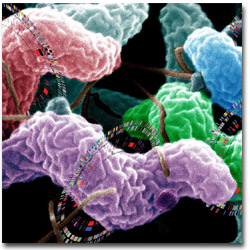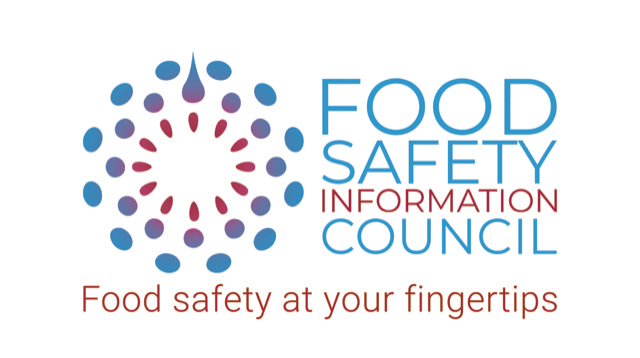
Campylobacter
Campylobacter causes gastroenteritis with symptoms that can include diarrhoea, nausea, abdominal pain, fever, muscle pain, headache, and vomiting between 2–5 days after eating contaminated food. The illness generally lasts for 2–10 days. Campylobacteriosis can cause severe abdominal pain that can be likened to acute appendicitis. In rare cases, some people may develop secondary symptoms of muscle weakness or paralysis and conditions such as reactive arthritis and Guillain-Barré syndrome – these are very serious and debilitating illnesses.
Campylobacter is present in the gut of a wide range of animals, especially domestic or wild birds, also cattle, sheep, dogs and rodents. Food poisoning outbreaks have been linked to eating or drinking undercooked poultry, unpasteurised milk and dairy products, and untreated water. In the kitchen foods can become contaminated by direct contact with raw foods such as poultry or indirectly e.g. via chopping boards, knives and hands. Your hands may be contaminated when handling pets such a puppies or backyard poultry or by contact with other animals.
Unlike most other food poisoning bacteria, Campylobacter doesn’t grow well in foods if at all, but it a problem because only small numbers of the bacteria can cause illness.
Infections can be avoided by not consuming undercooked poultry, unpasteurised milk and dairy products, untreated or unprotected water, by preventing cross-contamination in the kitchen, kitchen hygiene, and washing hands after handling or contact with raw meat and poultry, pets and other animals.
